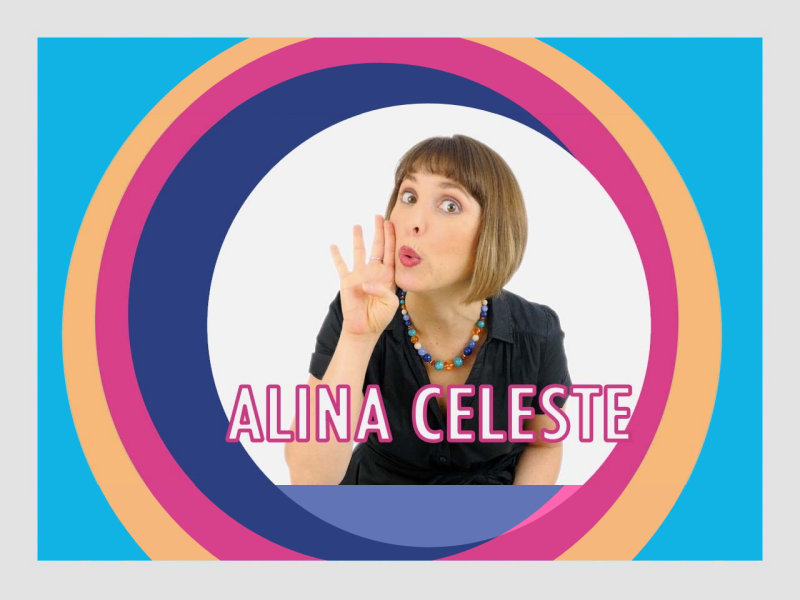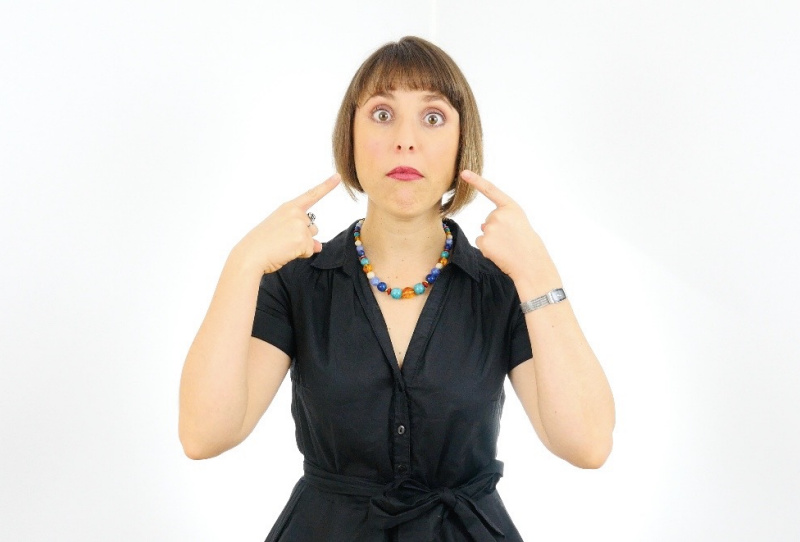
Let’s Talk Tech
Adventures in YouTubing
Everyone Starts at Square One
by Alina Celeste
Stop reading if you’ve never heard or said the following phrases:
- Nobody buys music anymore.
- Social media is a necessary tool for promotion.
- Giving your work away for free seems to be what is expected.
- But how do you make money?
Sound familiar? How about this: YouTube is what all the kids you know are talking about, and you’ve heard that some people make money through it. You’ve also heard that it’s the fastest growing children’s entertainment network in the world. You’d like to give it a try, but are at a loss as to where to start.
I was there a little over a year ago. This is what I learned when I started down the rabbit hole.
How I Did My Homework
The first thing to do is check out the YouTube Creator Academy. They have a wealth of information there for the taking, completely free. Use it!
After reading through all that YouTube offered, I spent several weeks watching YouTube children’s channels. There is a rich array of children’s programming, from the weird to the expected to the sublime. For example, fingerplays and educational songs for children are popular, and although there are several established leaders, like Katie Cutie and Patty Shukla, there seems to be an endless supply. They also require little in the way of props or other supplemental equipment, so are an obvious first step for teaching artists. Other popular forms are tutorials and crafts. As I learned what’s out there, I also searched for any holes in the programming I thought I might be uniquely qualified to fill.
Luckily for me, my brother is a filmmaker and had a spare camera, so my next step was to experiment. The next time he was in town, I asked him to help me develop my overall look. Never one for props, I wanted a simple, clean style that was easily replicated, cheap, and portable. Spend some time on thinking about this yourself—it really helps to shape your brand and makes future decisions easier. It doesn’t have to cost much; I just went through my closet to see what would work.
Some questions you can ask yourself:
What is unique about my show?
What do I most want to focus on?
How do I present myself when performing live, and how can that be translated to an onscreen presence?
Green Screen and animation are understandably popular on YouTube; they are eye-catching and present endless opportunities for creators with an imagination. If you are thinking of starting your own channel, I highly recommend looking into them as options. They can also help to define your overall look. For example, you could use a green screen to set yourself in exotic or fantastic locales, or partially animate your videos to add more visual punch. I decided to keep things as simple as possible in the beginning. That’s why I went with this light kit; at fifty bucks it seemed a risk worth taking.
Then we started filming.
Things I Learned Quickly
Make-up under lights is a whole new bag, and it’s amazing how drastically you can change your appearance. Raggedy Ann was my most popular look in the beginning. I eventually went to a Sephora cosmetics store near my house and asked for help—WORTH IT.
 Before
Before
 After
After
Framing can be tricky when you are including instruments. Playing the guitar complicated things on two fronts: the mix of my playing with my voice was difficult to get right and I couldn’t fit the whole instrument within the frame. I wound up switching to the ukulele so that I could have more close-ups.
A camera gives you none of the energy or reactions of children. Initially I felt uncomfortable and awkward performing to a camera alone. I often went too silly, or not silly enough (I know, doesn’t seem possible). I did find that having someone in the room, like my brother, helped immensely, because I could direct my performance at him. Ideally, you should work with someone who not only finds you entertaining, but also shares a sensibility with you. It should also be someone who is able to give feedback without you having to continuously play back the video or play to imaginary friends whose laughter you can’t time accurately.
Search terms revealed themselves to be invaluable. Since no one had ever heard of me, using search terms for particular songs increased the chances of a stranger finding me by looking for said song. Most of the popular ones are obvious: “Wheels on the Bus,” “Old McDonald,” etc. There are some surprising ones, however, like the ubiquitous Finger Family song. There are even video collections of early childhood classics with a baffling number of views, sometimes more than one billion.
Things I Learned After a While
Even though a “sit and sing” was a popular YouTube genre, it didn’t really work for me. I am an active performer, and couldn’t get comfortable with just sitting there and singing at the camera. I also seemed to get fewer views for that kind of video; other people were doing it better. Paying attention to your number of views, subscribers, “likes,” and other analytics can be really useful in this sense. YouTube tells you what is working in a very tangible way.
Regular video production is at once more punishing and more fun and easy than I could have imagined. A few of my strategies have changed significantly. For instance, since I uploaded my first video, I have become less reliant on the popularity of search terms when deciding what kind of video to make. With more experience and confidence, I find that my own instincts and judgment are often a better predictor of a video’s potential popularity.
Another important lesson, and perhaps the most important, is to go where the viewers take you. On a whim, my brother and I decided to try a few book readings. I have often done musical books in my classes, and I had a few I knew well that would be easy to do. Much to our surprise, and my slight chagrin, my Storytime Collection videos have proved to be my most popular by far. After fifteen years as a musician, music teacher, and musical performer for children, it seems what people want to see me do the most is read books. Good thing I like to read!
My first few book videos were so popular that I began to ask for book requests. I now get around five a week and have a five-month waiting list. There have been some wonderful, unexpected discoveries among the requests, and I have gotten to know my viewers in a very real way. This, ultimately, is what makes YouTube so special: as you develop an audience, they interact with you. It’s like a live show but on a grand scale. I’ve gotten to know families and kids, new songs and new stories, all because of the wonderful, magical experience of communicating with the people who watch my videos. Hearing from them has brought a joy and fulfillment to my work that I never would have thought possible while reading a book or singing a song to a camera.
A Few Parting Thoughts
Create an uploading schedule and stick with it. Whether it be once a week, once a month, twice a month, or whatever you can handle, a regular schedule will keep you on task and keep your viewers watching.
Be sure to sometimes just do what you like or what feels right, even if the song or story seems obscure. If you’re not enjoying yourself, you won’t be able to keep that schedule up!
The money isn’t what you’d think. Advertising money is made per view or per click, but it’s pennies per thousand views. Just like in the “real” world, the top one percent of YouTubers are making a killing, since they might have a million or more views on any given video. The rest of us might make a few dollars per month per video, but the longer you produce content, the more you will earn. A dollar a video doesn’t sound like much—until you’ve got two hundred or more videos!
Talk to people! Other creators, your viewers, especially your future viewers! (Future viewers = anyone and everyone you meet on a daily basis, whether it be in line at the grocery store, standing in an elevator, or at a party.)
Happy creating!